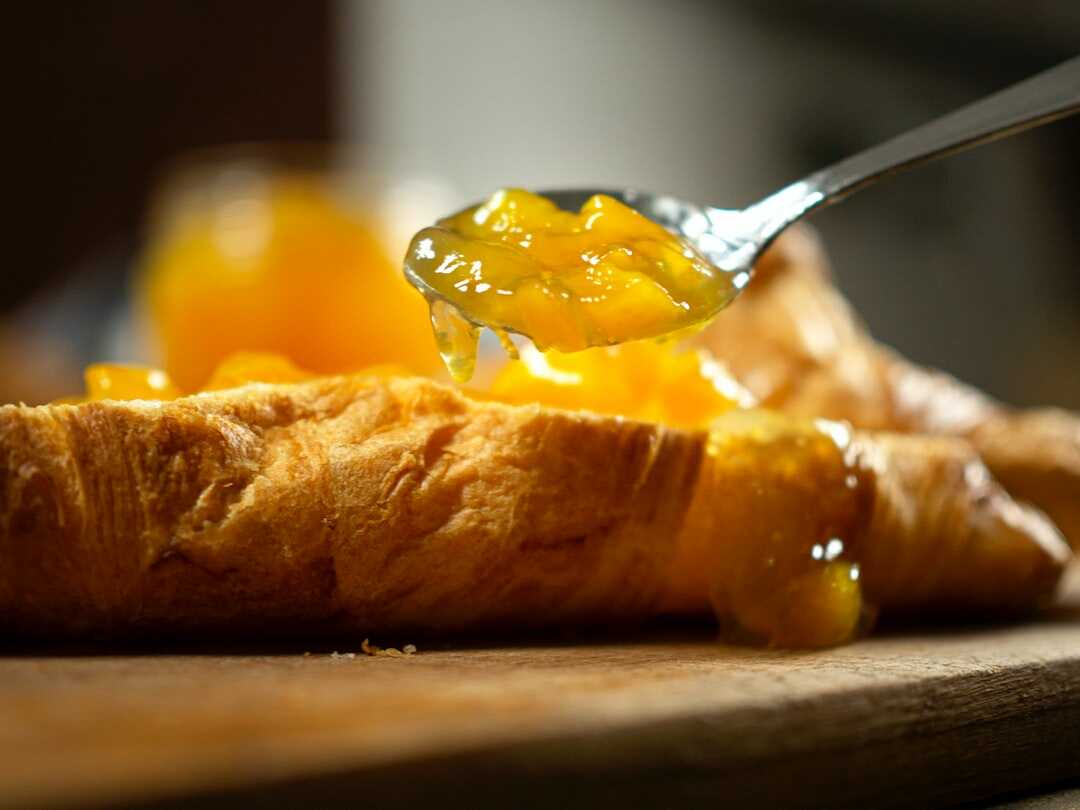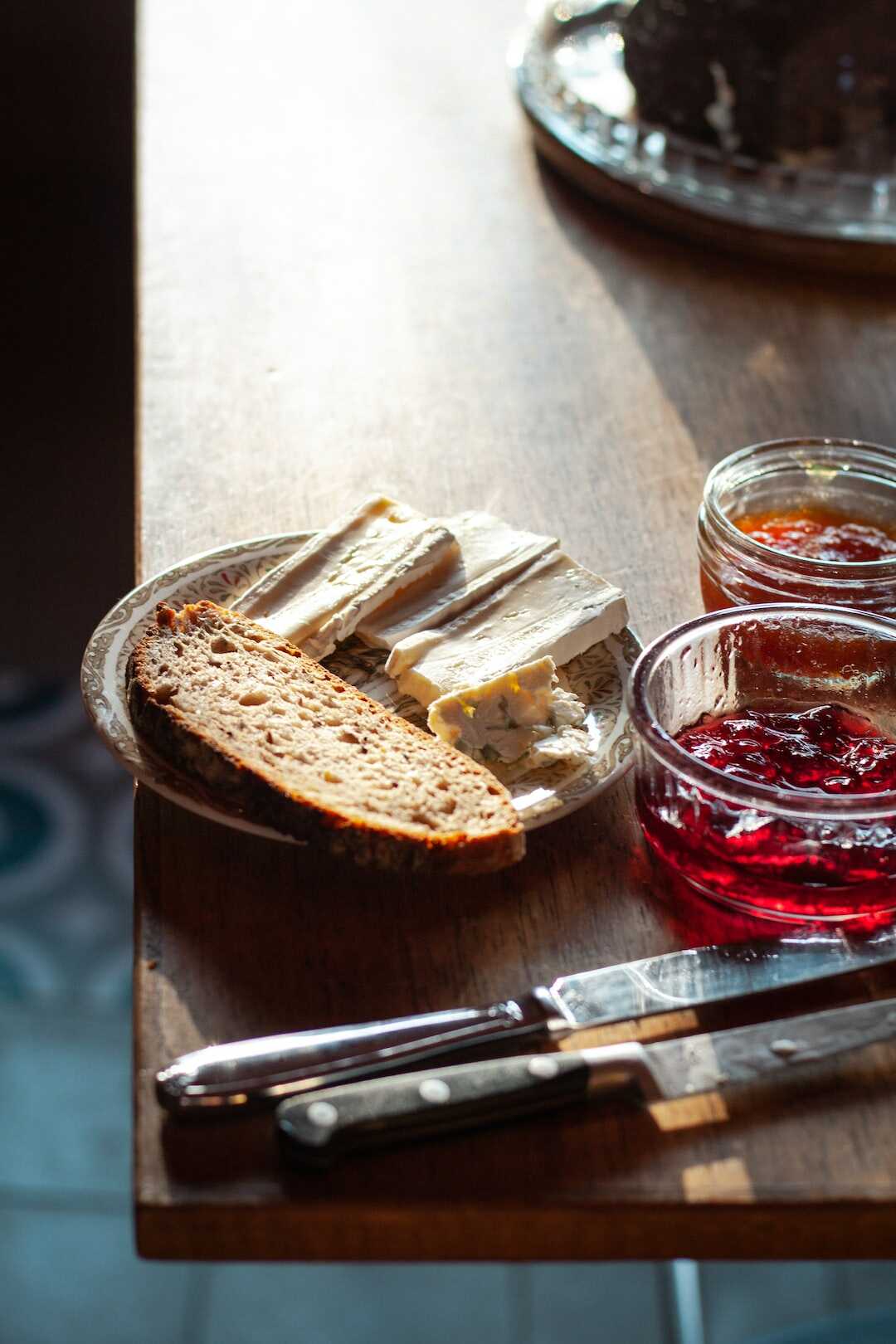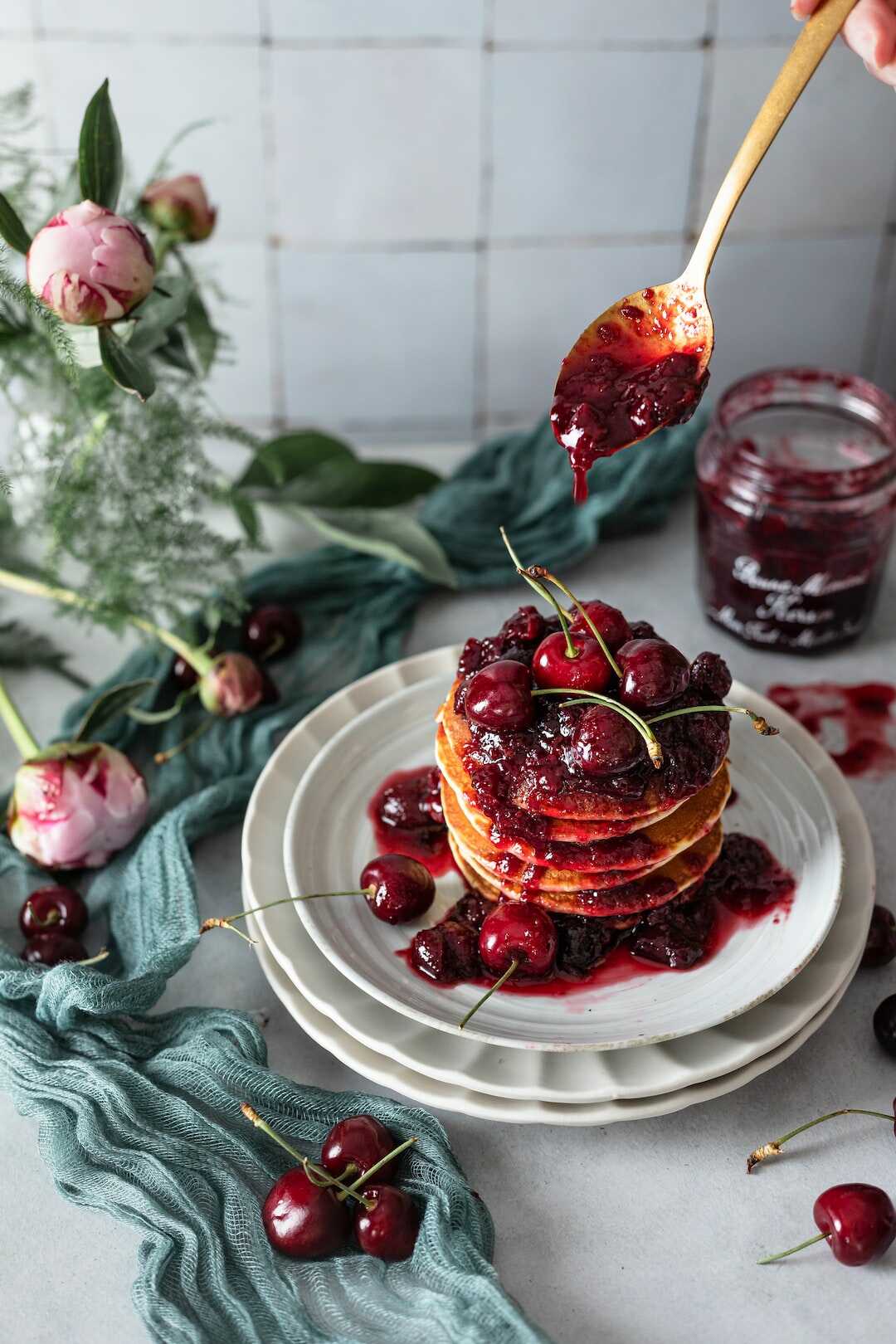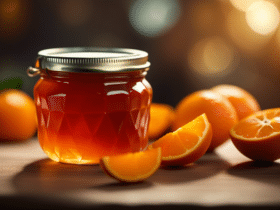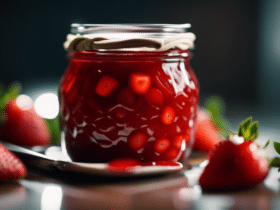The basic recipe I like to let everything rest for a few hours before starting to cook, to massage the fruit into the sugar. For cooking, I put my copper basin on high heat and cook for about 30 minutes, stirring regularly so that my jam does not stick.
How to replace granulated sugar?

What can I substitute for icing sugar?
- Correct dosage: 50 g of honey (or maple syrup) = 100 g of white sugar.
- Correct dosage: 30 g of agave syrup = 100 g of white sugar.
- Correct dosage: 2 g of stevia = 100 g of white sugar.
- Correct dosage: 70 to 100 g of brown sugar (or muscovado or rapadura) = 100 g of white sugar.
How to use caster sugar? Crystal sugar It is also widely used in making confectionery and small cakes: fruit paste, frozen fruit, candied fruit, shortbread, sponge cake. But you can also use it at home, for your fruit-based jams that contain enough pectin and acid.
What is the difference between granulated sugar and powdered sugar? Granulated sugar, which results from the crystallization of syrup, is used in the preparation of jams, fruit jellies and pastry decorations. It is the cheapest sugar. Powdered sugar, or granulated sugar, is reduced to very fine particles and dissolves quickly, even when it is cold.
How to make icing sugar with caster sugar? Place the hardened sugar cubes in a bowl, in the microwave for just 15-20 seconds. If necessary, repeat this step adding a few drops of water. You then get sugar, which you just need to knead lightly.
How to dose the agar?

All you need is a standard teaspoon. The most common dose of agar-agar, 2 grams, is equivalent to a full teaspoon (see photo). Otherwise, the easiest way is still to trust the manufacturers who often offer 2 or 4 gram pods.
How to dose agar agar compared to gelatin? Agar-agar is a stronger gelling agent than regular gelatin. It is most often available in powder form, in a 2g sachet. Then count 1 sachet for ½ L of liquid preparation. A sachet of 2 g of agar-agar represents approximately 3 sheets of gelatin.
How much agar agar for the fruit paste? Use 1 sachet with 2 gr for ½ liter of preparation;. The gelling power of 1 sachet of 2 g is equivalent to 3 sheets of gelatin. Dilute the contents of the sachet in a little cold liquid. Add the rest of the fruit juice, mix well and bring to a boil while stirring.
How to use agar agar in jam?

How much agar agar should be used for the jam: You need 1 to 2 grams per kilo of fruit, depending on the desired consistency. Have a light hand! If you don’t weigh a gram, 1 gram equals 1/2 teaspoon of agar-agar.
What thickness for liquid jams with agar agar? It is necessary to open the jars, pour the jam into a saucepan and bring to a boil. From the first shakes, add the agar-agar, mix and cook over low heat for 30 seconds. Count ½ tsp. Coffee agar for 1 kilo of fruit.
How much agar agar for the jelly? How much agar should I use? Count 4 g of agar agar for 1 liter of liquid. Sometimes 1-2 g of agar-agar is used, which will be difficult to weigh with a normal balance. I recommend that you use an asymmetrical weight, with an accuracy of 0.1g.
What jam to make in January?

January: Pineapple, avocado, banana, lemon, clementine, passion fruit, pomegranate, persimmon, kiwi, lychee, tangerine, mango, orange, grapefruit, pear, apple, papaya, pomelo, walnuts…
What jam are you going to make in October? Chestnuts or figs, for example, will give a delicate taste in the mouth when combined with grapes. For more indulgence, let yourself be tempted by the pear-vanilla-caramel jam, a real delight.
What jam in January? Winter is the season for citrus jams. We are talking here about lemon and tangerine jams. But cranberry jam is not out of the question. They are perfect for enhancing the flavor of your cereal.
When to make jam?

Between the months of March and April, you have the choice between several varieties of fruit: lemon, apple, pear and kiwi. Before the summer period, the months of May to June rhyme with the harvest of apricots, cherries, figs, strawberries, raspberries, melons, peaches, plums and rhubarb.
How to make homemade jam? I like to let it sit for a few hours before I start cooking, to massage the fruit into the sugar. For cooking, I put my copper basin on high heat and cook for about 30 minutes, stirring regularly so that my jam does not stick.
When to eat homemade jam? For big gourmands and large families, this question is probably strange! However, if you are the type to prolong your pleasure, or if you have opened a particularly large jar, know that it is recommended to ingest the jam within 15 days of opening.
How not to miss his jam? To make jam, cook it between 20 and 45 minutes (depending on the fruit used) over high heat, without a lid, and stir often to prevent it from sticking to the bottom. It is also necessary to foam regularly, because the foam which forms is useless and does not give any taste!
Why lemon juice in jam?
Lemon juice preserves fruit color by preventing oxidation during cutting. It highlights the taste of the fruit. It accelerates jam setting by acting on pectin. A must for jams!
How to replace lemon in jam? Be careful, however, to adjust the quantities well so as not to change the taste of the recipe. To replace a spoonful of lemon juice, add half a spoonful of vinegar. When it comes to vinegar, choose the mild-tasting one. Rice or cider vinegar will work well.
How thick plum jam? To give your homemade jam more texture, simply add apple chunks, apple juice or apple pectin. To do this, simply anneal the jam by adding apple pectin.
How do you know if the jam is ready?
Do the cold plate test (or the jam test). At the time of cooking, take a little jam and place it on a cold plate. Tilt it: If the jam runs smoothly, it’s won! If, on the other hand, your jam is too liquid, continue cooking and start again…
How do I know if the jam is done? At the time of cooking, take a little jam and place it on a cold plate. Tilt it: If the jam runs smoothly, it’s won! If, on the contrary, your jam is too liquid, continue to boil and start again… But be careful, overcooked, the jam will have the consistency of fruit paste.
How to test the jam? Indispensable for checking the setting of the jam, if you do not have a thermometer! Place a drop of jam taken from the basin on a plate previously placed in the refrigerator for 5 minutes: if the drop freezes immediately, the jam has hardened; if it does, continue cooking.
How do you know if the mirabelle plum jam is cooked? To more easily check that the jam is well cooked, do the drop test placed on a cold plate: it must freeze quickly, otherwise continue to cook.
How do you know if the plum jam is cooked?
Using a thermometer is a professional tip (theoretical boiling temperature is 105°C). To more easily check that the jam is well cooked, do the drop test placed on a cold plate: it must freeze quickly, otherwise continue to cook.
Why is my jam too runny? Why is this happening? some fruits naturally do not contain enough pectin, which prevents the jam from solidifying, the fruits are too liquid and suddenly the ratio between fruit and sugar is distorted or you have not cooked the jam enough. .
At what temperature should jam be made? The sugar thermometer. To avoid sudden changes in temperature, immerse it first in a container of hot water, then immerse it in the jam container. Make sure it is well immersed in the preparation. As soon as the temperature reaches 105°C, stop cooking.
Which container to make jams?
To make jam, it is ideal to have a jam pan. This type of container ensures even heat distribution and is therefore ideal for this type of creation.
Why remove the foam from the jam? As we have seen above, foam is often loaded with impurities. If you don’t remove it, they may unfortunately mold your jam. Indeed, wet residues can thus promote bacterial growth in contact with air.
At what temperature to make jam? The sugar thermometer. Make sure it is well immersed in the preparation. As soon as the temperature reaches 105°C, stop cooking. It is likely that the temperature will then continue to rise by 1 to 2°C.
How do you know if the jar is properly sterilized?
If the lid sticks well to the glass, it’s OK! If not, there may be a problem with the rubber disc. For glasses with FLIP lids, it is the control tablet that helps you. If sterilization is complete, turn the indicator towards the inside of the jar.
How do you know if a jar is vacuum sealed? The suction begins when small air bubbles rise in the glass. At this point we can lower the temperature a bit. Once the cooking time has elapsed, the still hot glasses can be gently removed and cooled on a cloth.
Why return the tubes after sterilization? Avoid mold Of course, it is still recommended to sterilize the containers in boiling water before pouring the preparation into them. But this technique of turning the glass will ensure total sterilization, and more precisely of the area around the lid.

